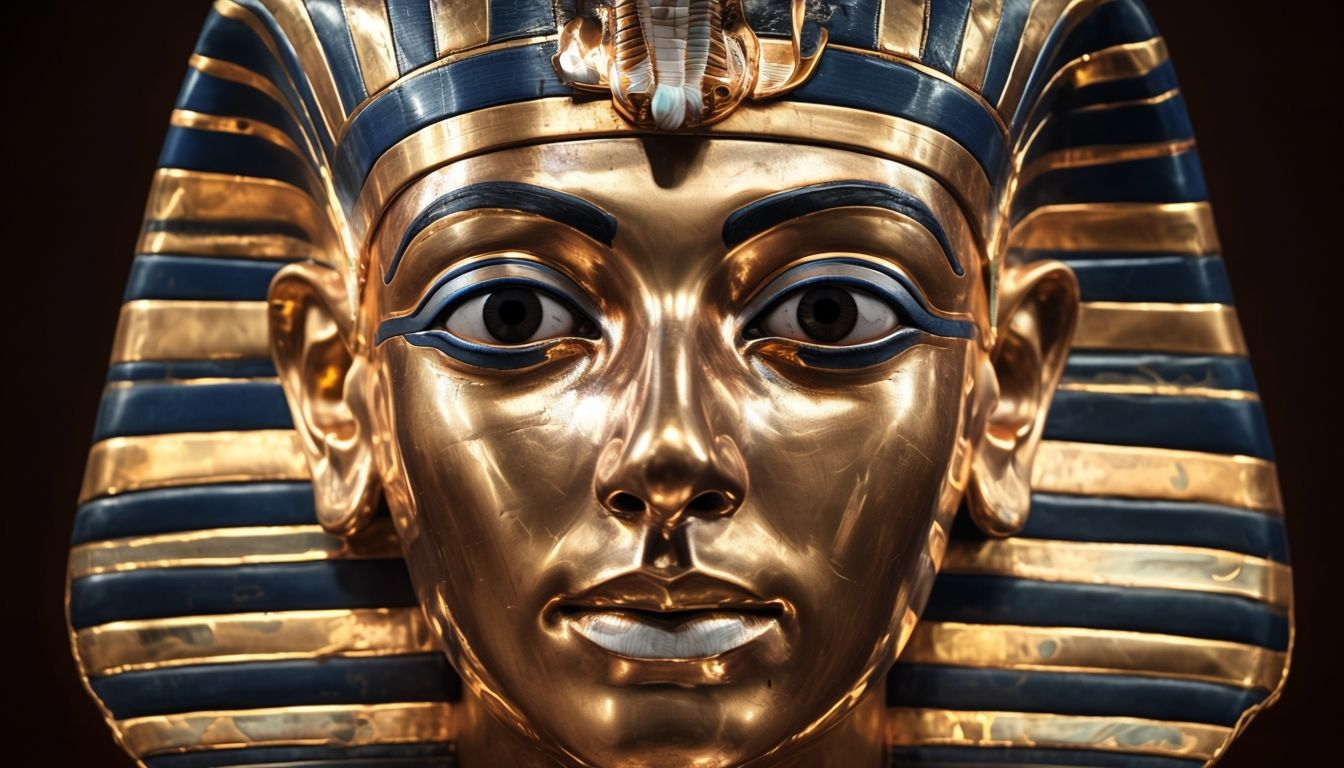The size of the tomb immediately raised questions about its significance. Measuring around 15 feet in length and 12 feet in width, it ranks among the largest from this period. Even more striking is the wooden coffin, which, with both its inner and outer vessels, spans about 182 square feet. Inside the tomb, around 350 burial artifacts were discovered, including nearly 200 jade ornaments, bone tools, animal remains, and over 100 pieces of pottery. The presence of pig mandibles—the most common animal bone found—was a clear marker of wealth.
The artifacts themselves reveal connections to the eastern and central regions of ancient China, as well as the Yangtze River basin. “These discoveries highlight the early exchanges within Chinese civilization, offering valuable insights into its diverse cultural landscape,” explained Li Zinwei, Deputy Director of the Institute of Ancient History at the Chinese Academy of Social Sciences. “This site is crucial for understanding cultural fusion across different prehistoric regions.”
While many of the artifacts came from distant places, others reflected local traditions, such as the burial of water deer teeth and small-mouthed jars. According to Archaeology Magazine, the Dawenkou Culture is known for its advancements in pottery and its profound influence on the ritual practices that later shaped Chinese dynasties.


